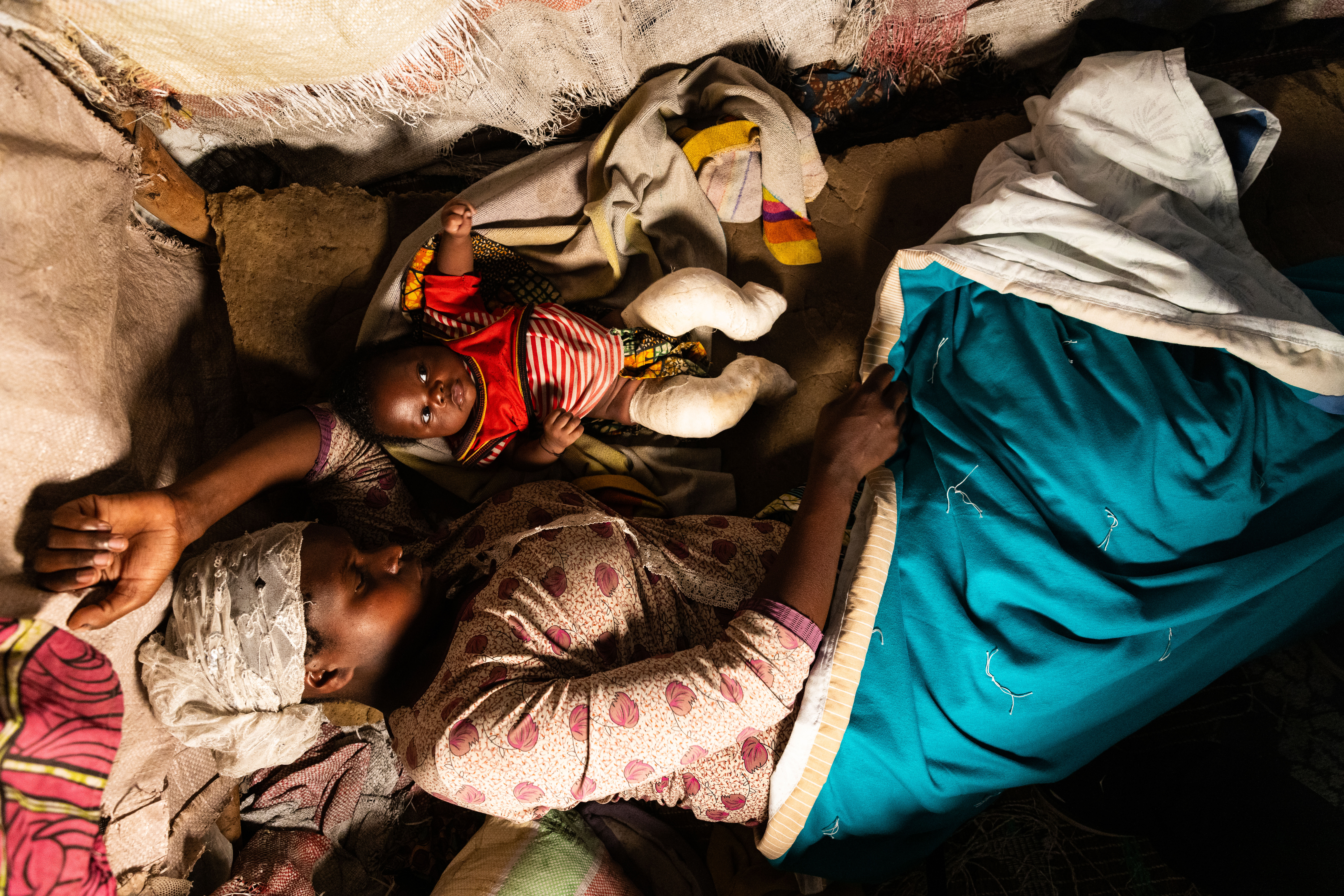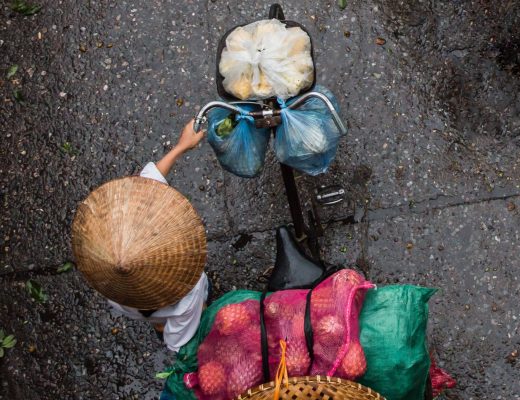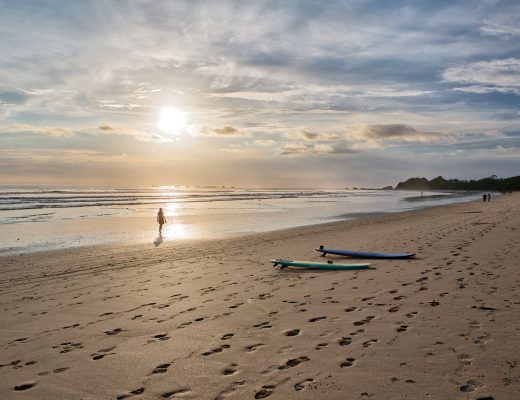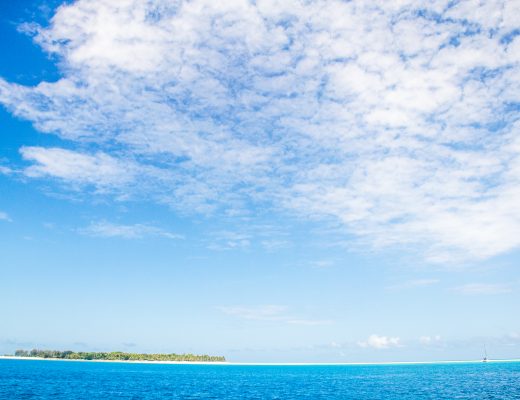Bearing Witness: Documenting Displacement and Resilience in Eastern DRC
The humanitarian crisis unfolding in eastern Democratic Republic of Congo (DRC) is both staggering and deeply personal. As a documentary photographer, I’ve spent over a decade documenting the impact of projects working to provide aid during humanitarian emergencies around the world. While documenting displacement in Eastern DRC, the stories I encounter in and around Goma —of families torn apart by violence, of communities forced to flee with nothing—are among the most urgent and haunting.
I visited the Kanyaruchinya camp for Internally Displaced People (IDP) in September 2024. At the time, the stories were sad but filled with hope, because the programs that organizations were implementing there were helping IDPs rebuild their lives.
However, since January 2025, the conflict in North Kivu has escalated dramatically, with the M23 rebel group seizing control of Goma and triggering a new wave of violence and mass displacement. Partners from the field reported active shelling into the camps I work in. Now, the camps are empty and I don’t know the fate of the people I connected with.
My work on the ground aims to shed light on the lived realities of those caught in this crisis, particularly IDP who are seeking safety and survival amidst chaos.
Capturing the Human Face of Displacement in Eastern DRC
Through my lens, I follow families who have fled under gunfire, crossing dangerous terrain with only the clothes on their backs. For example. one such story is that of Fela Mbahibwe, (read the blog I wrote for Corus International here) who escaped with her grandchildren from the occupied village of Kibumba. In a moment of crisis, she tied the children together with fabric and carried the youngest on her back as they ran. “We just grabbed our kids,” she told me in the Kanyaruchinya IDP camp. “We didn’t carry anything. No utensils, just the children.”
Over 300,000 people in and around Goma, and nearly 5 million across North and South Kivu, have been displaced. Camps overcrowd, makeshift shelters stretch for miles, and families endure extreme uncertainty.
I filmed and produced the video below of Fela recoundting the story of her escape during the M23 occupation of her village.
Documenting Urgent Needs
In every camp I visit, the same critical needs repeat: clean water, food, medical care, and psychological support. The water crisis is particularly unsettling. Many families draw water from unsafe sources, risking outbreaks of cholera and other waterborne diseases. Children bathe and drink from the same lake that others use for washing clothes or disposing of waste.
Meanwhile health facilities face overwhelming pressure. Patients line hallways, and hospitals run short on medicine, fuel, and even food. One doctor shared with partners the emotional toll of turning people away. Not not for lack of will, but for lack of resources.
Why Documentation Matters
In the face of violence and displacement, visual storytelling is not just about bearing witness. It’s about accountability, advocacy, and connection. I aim to ensure that the world sees these stories. I want to honor the bravery of survivors like Fela and help people understand the scope of this crisis in human terms, not just statistics.
In collaboration with humanitarian organizations, I will continue to document these stories, focusing on the intersection of conflict, displacement, and access to basic services like water and health care. I hope this work opens more eyes and mobilizes more support.
Keep Seeing
The needs in Goma and the broader Kivu region are vast and growing. Continued violence has disrupted every facet of life—health care, education, livelihoods, and social cohesion. While humanitarian agencies are doing all they can, they cannot do it alone.
I urge the international community, donors, and fellow storytellers to not look away. This crisis demands attention, funding, and long-term commitment. And it demands that we continue to amplify the voices of those who are too often unheard.
Because every image, every story, every step toward recovery—begins with being seen.
______________________________
Learn more about how I became a documentary photographer on my YouTube Channel, All the Magic



